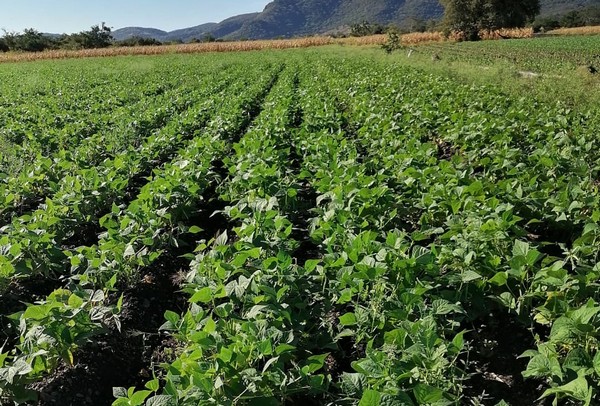In an ambitious leap toward sustainable agricultural practices, Iran has equipped its second-largest hydroponic greenhouse in Lorestan with a revolutionary nanobubble system. This 25-hectare greenhouse, primarily dedicated to tomato cultivation, now benefits from significantly improved dissolved oxygen levels in its irrigation water. According to Hossein Kazzerouni, managing director of the knowledge-based ‘Seraj’ company, the dissolved oxygen levels have reached 15 ppm, ensuring optimal growing conditions for plants.
Nanobubble technology, which introduces tiny oxygen bubbles into the water, has demonstrated significant benefits. As Kazzerouni explains, this method not only increases the oxygen concentration but also makes the oxygen molecules more accessible to plant roots. This improvement translates into healthier plant growth, higher yields, and a marked reduction in the use of fungicides. The technology also minimizes the presence of pathogens around the root zone, leading to healthier plants and reducing the environmental impact of chemical treatments.
Moreover, the application of nanobubble technology reduces biological buildup in irrigation pipes, such as algae, which can clog systems and reduce efficiency. By keeping water systems cleaner and ensuring higher oxygen absorption, the technology enhances overall crop quality. This is critical in greenhouses where consistent water quality can make a significant difference in both yield and product consistency.
In addition to its application in agriculture, nanobubble technology is proving beneficial in aquaculture. As noted by Aref Dadgostar, managing director of another Iranian nanotechnology company, this system is capable of distributing oxygen evenly throughout water pools. This has led to an increase in fish production, as the fish experience less stress due to improved oxygenation. The technology has the potential to triple production in aquaculture settings, showcasing its versatility across industries.
Iran’s deployment of nanobubble systems is not limited to Lorestan. Provinces such as Tehran, Alborz, Mazandaran, Ardabil, Golestan, Khuzestan, Kerman, and Isfahan are already reaping the benefits of this innovation. As the country continues to prioritize agricultural advancements, the adoption of nanobubble technology could play a vital role in meeting food production demands while reducing the environmental footprint of farming practices.
The introduction of nanobubble technology in Iran’s agricultural sector represents a promising step toward enhanced productivity and sustainability. By improving water quality, increasing crop yields, and reducing the reliance on chemical treatments, this technology could pave the way for more efficient greenhouse operations. As more regions adopt this system, both agricultural and aquatic industries stand to benefit from its ability to optimize oxygen delivery and promote healthier growth environments.










